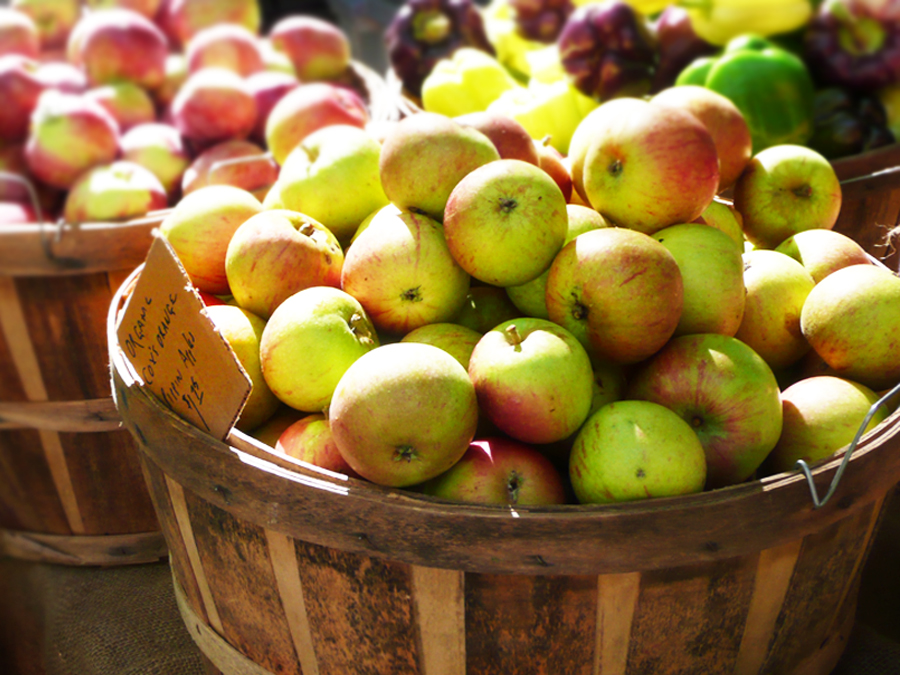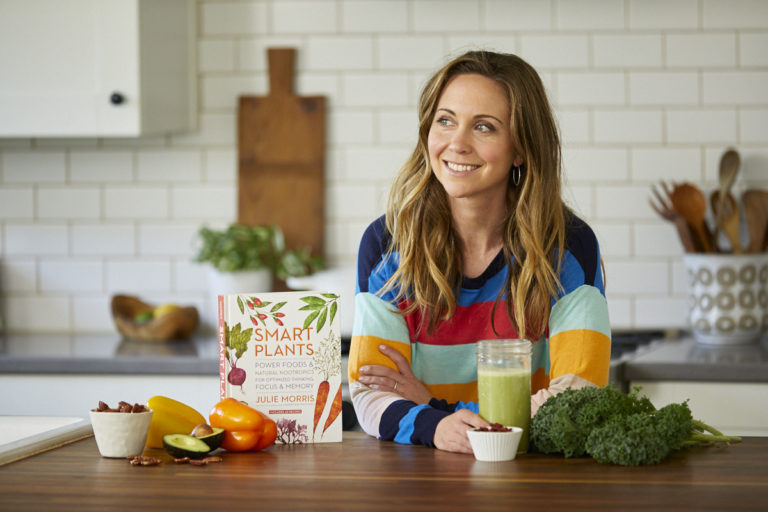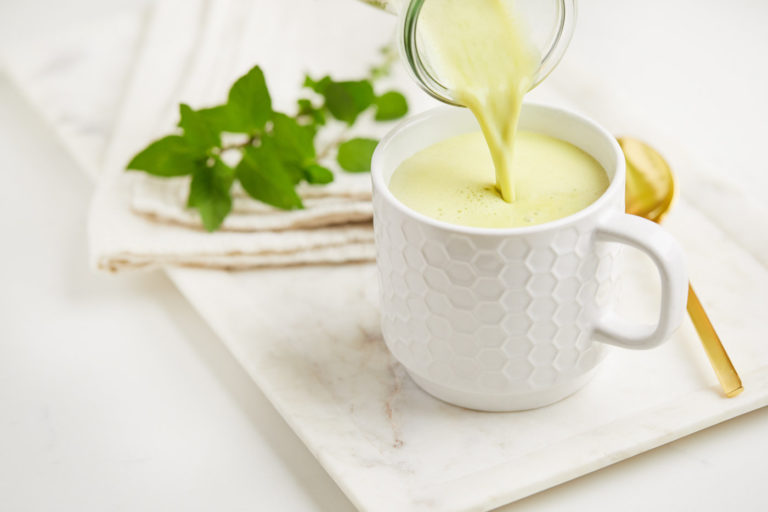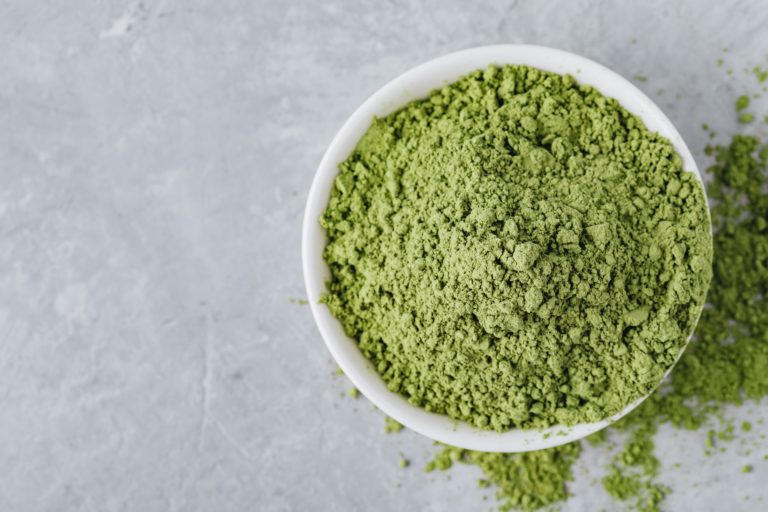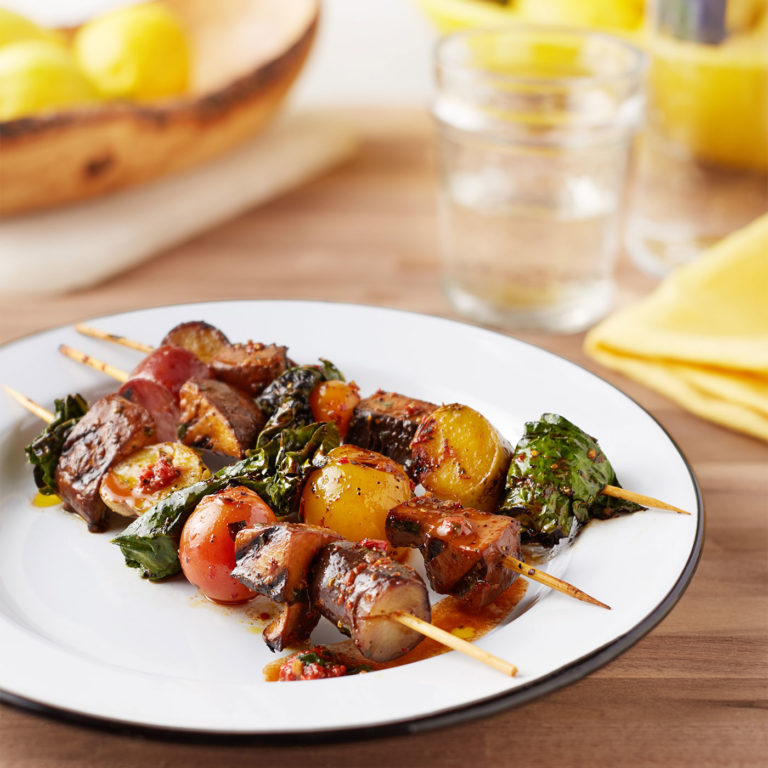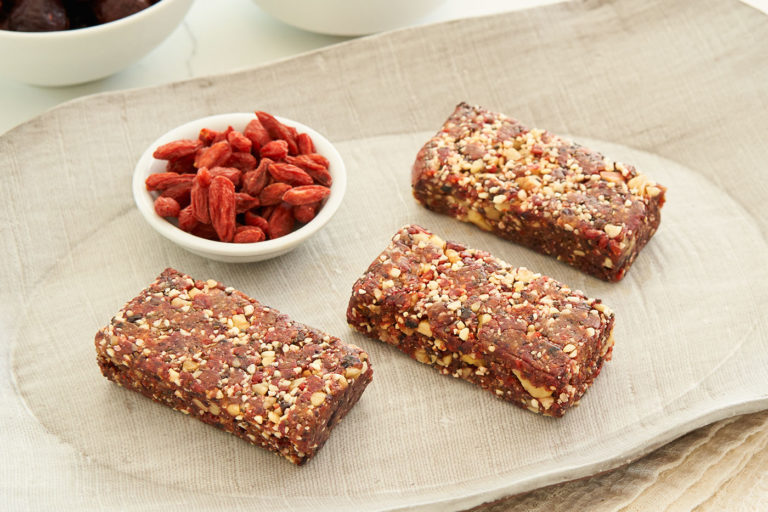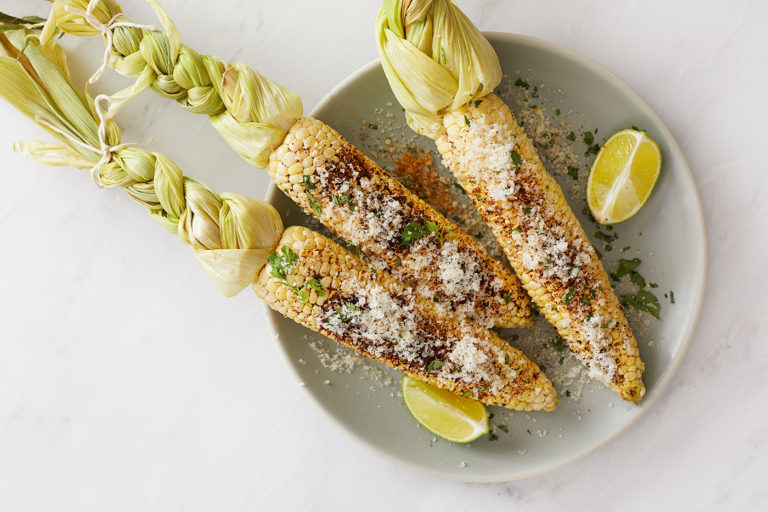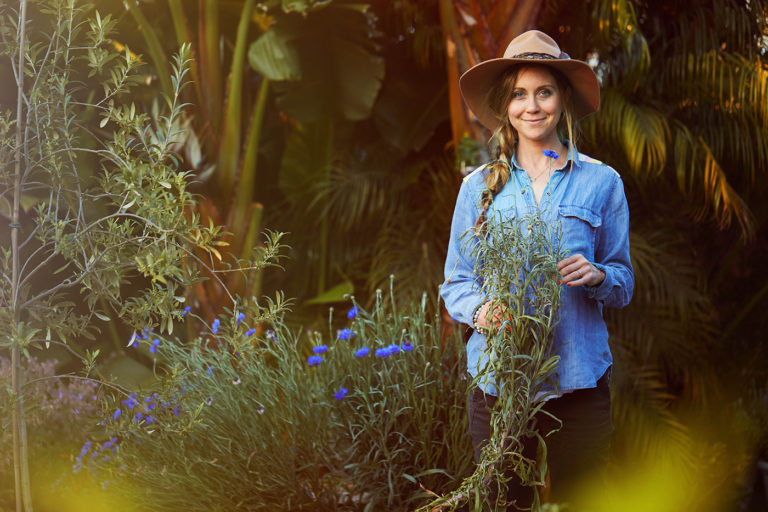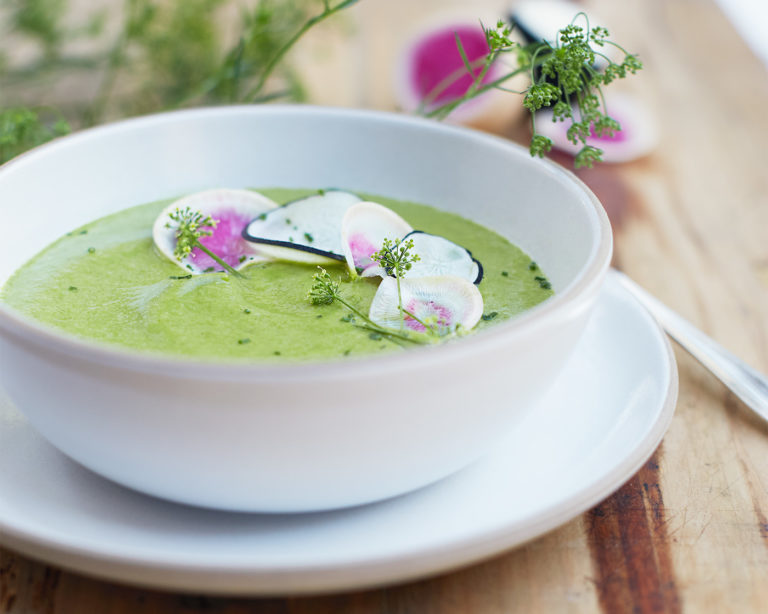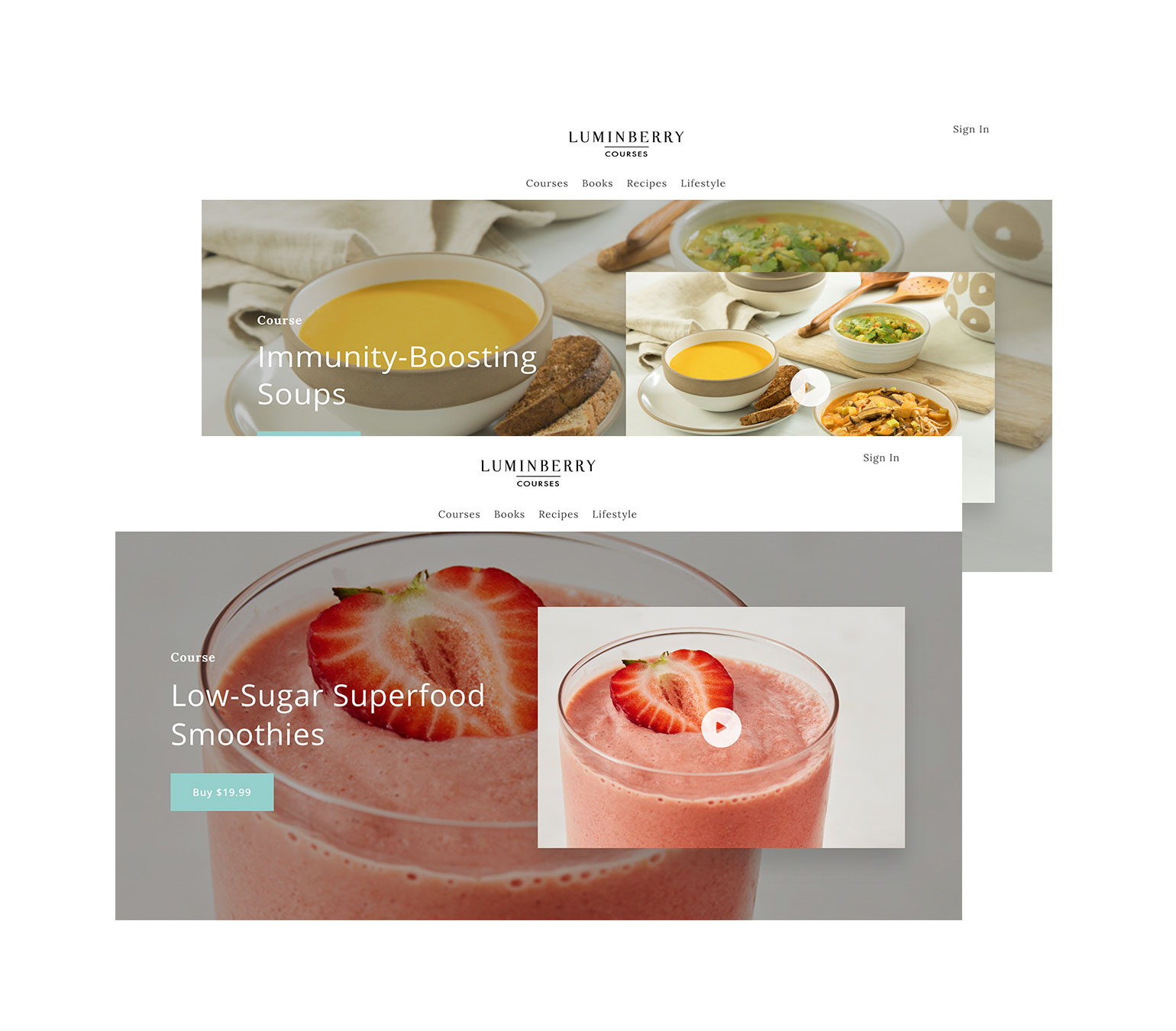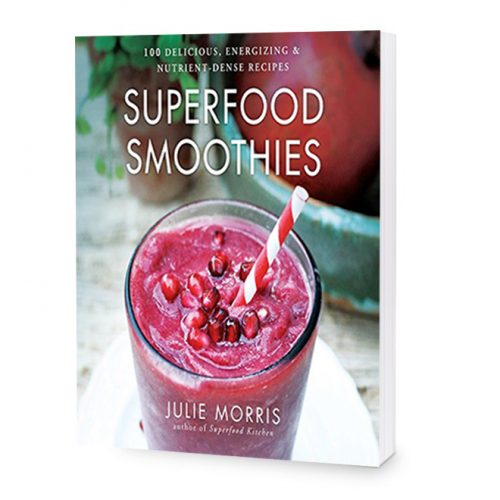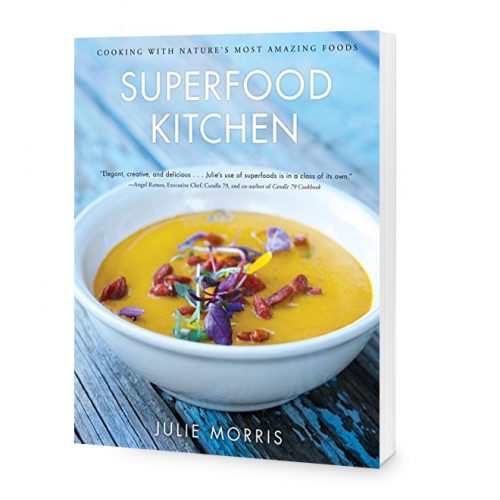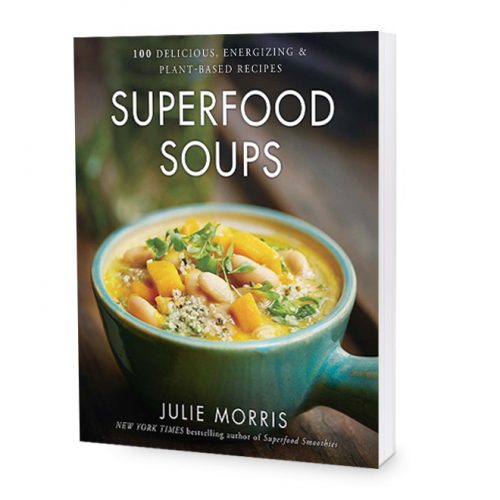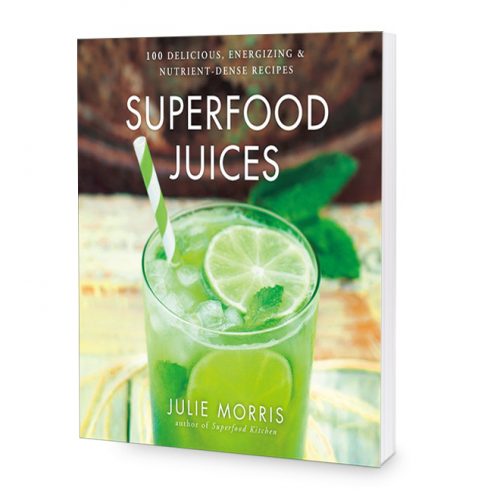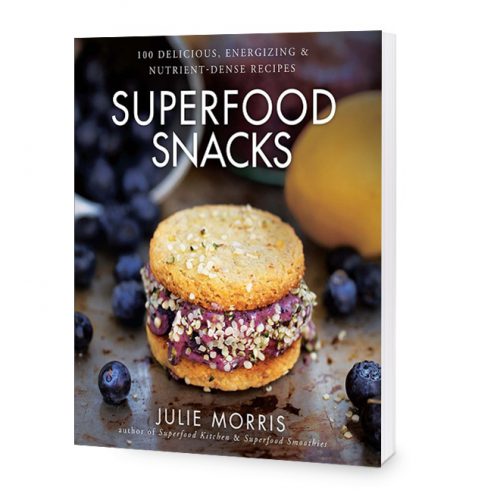Undoubtedly: eating organic foods is a good thing. With every organic bite, you’ve just made such a friendly action towards both the planet and your own personal health. I also love that through funneling the money in our food budget towards companies and farmers who respect the earth, we get both a healthier product, and we diminish the amount of pesticides, fungicides, herbicides and chemical pollution that leech into the delicate ecosystems around us.
But is it necessary to eat foods with organic standards all the time? Well, ideally, yeah. (And in a perfect world the idea mixing chemicals and food would be absolutely egregious in the first place). However, if a tight wallet, lack of availability, or just unfamiliarity with the organic movement is an issue, chuck the idealism at the door and instead start out by taking on baby step #1: saying NO to the Dirty Dozen list – the worst of the worst non-organic offenders. Sounds kinda like a group of serial killers . . . (just sayin’).
Non-profit research organization Environmental Working Group (EWG) does the bad-food-news homework for us. Each year, EWG puts together a list of the most atrocious crops – the ones that are truly must-avoids in a “conventional” state due to the scary-high amounts of chemical saturation they contain. The foods change a bit from year to year, so it’s not a bad idea to bookmark a site like this to stay in the know.
Sadly, this year’s list includes many of my personal favorite natural foods – but all the more opportunity to support local organic farmers. My general rule is to look for these in organic form, and if it’s not available, I consider a different produce substitution. I take the dirty dozen pretty seriously. Not buying these foods is a statement that this adulterated form of farming is unacceptable to be considered as “food.” And by directing the demand monetarily speaking, we promote the changes in our farming standards so that organic practices may become the profitable norm.
THE 2010 DIRTY DOZEN:
1. Celery
2. Peaches
3. Strawberries
4. Apples
5. Blueberries
6. Nectarines
7. Bell Peppers
8. Spinach
9. Kale
10. Cherries
11. Potatoes
12. Grapes
Two more foods I add on my “always organic list” — Soy and corn products. 90% of conventional soybeans are genetically modified, and above 60% of corn products are as well. GMO’s are a whole new level of dirty, and a person’s health is nothing to gamble.
Get the details on the “why’s” of the dirty dozen at Daily Green.

